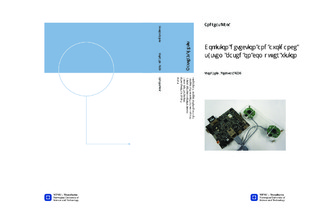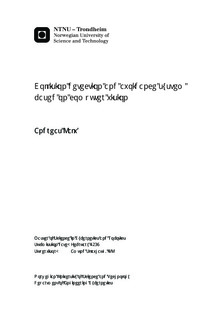| dc.description.abstract | A wide selection of stereo matching algorithms have been evaluated for the purpose ofcreating a collision avoidance module. Varying greatly in the accuracy, a few of thealgorithms were fast enough for further use.Two computer vision libraries, OpenCV and MRF, were evaluated for their implementationsof various stereo matching algorithms. In addition OpenCV provides a wide variety offunctions for creating sophisticated computer vision programs and were evaluated onthis basis as well.A stereo camera were constructed using low cost, of-the-shelf web cameras.Two low-power platforms, The Pandaboard and the Beaglebone Black, were evaluated asviable platforms for developing a computer vision module on top. In addition they werecompared to an Intel platform as a reference.Based on the results gathered, a fast, but simple, collision detector could be madeusing the simple block matching algorithm found in OpenCV. A more advanced detectorcould be built using semi-global stereo matching. These were the only implementationsthat were fast enough. The other energy minimization algorithms (Graph cuts and beliefpropagation) did produce good disparity maps, but were too slow for any realisticcollision detector.In order for the low-power platforms to be fast enough, a combination of improvementsmust be used. OpenCV should be compiled with aggressive optimization options enabledwith support for hardware accelerated floating point math. Choice of low-power platformmatters, but it is possible to work around this by reducing the workload.The most effective speedup that enables the low-power platforms were reducing theresolution of the images to be matched. When reducing the size of the sub-problemsenough to align with cache size, considerable speedups were found with littlepenalty in the corresponding disparity map. | nb_NO |

